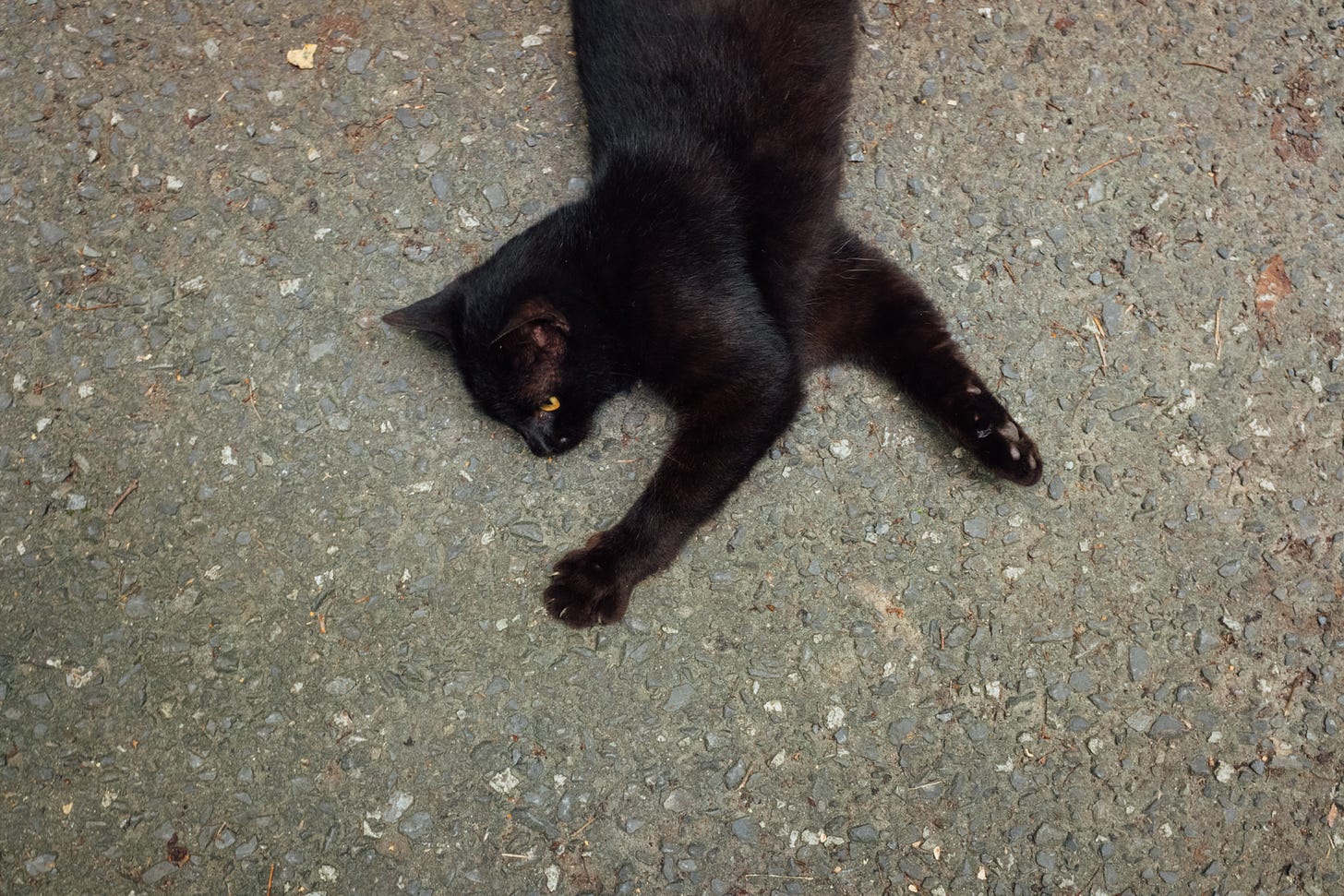Hi everyone,
First, let me start by saying: sorry! It’s been a while since I last updated this newsletter. Life has kept me busy, but I’ve missed sharing my thoughts and experiences with you all. Thank you for sticking around—I’m excited to be back!
Today, I want to shine a spotlight on one of my favorite cameras, the Fujifilm XF10. If you’ve been following my work, you know I’ve been using this compact gem since it came out. All the photos in this post were taken with the XF10 here in Japan, showcasing just how much this little camera can deliver.
The XF10 is a divisive camera, with plenty of fans and critics. Many have pointed to its slow and noisy autofocus as a major downside, but for me, this has never been an issue. I use zone focusing instead, and it turns the XF10 into an absolute joy to shoot with.
Let’s start with the positives:
Image Quality: The Bayer sensor produces stunning results—photos that rival much larger and pricier cameras.
Build Quality: Despite its small size, the XF10 feels solid in hand, with a minimalistic yet durable design.
Fixed Lens: The 18.5mm f/2.8 lens is perfect for everyday photography. It’s sharp, versatile, and well-suited to capturing Japan’s beautiful scenery.
Portability: Its compact size means it fits easily in my pocket, making it my go-to for everyday moments or quick outings.
I also want to touch on something that’s made my XF10 experience even better: Fujifilm recipes. The film simulation modes on Fujifilm cameras are one of the brand’s most unique features, and I regularly use recipes from the Fuji X Weekly website. These custom settings allow me to emulate the look of classic films or create unique styles directly in-camera, without the need for post-processing. For the XF10, which lacks some of the advanced features of higher-end models, choosing the right recipe can completely transform your photos and make shooting even more enjoyable.
That said, the XF10 isn’t without its quirks. The price has risen significantly since I bought mine brand new, making it less accessible as an affordable compact option. And while it’s still a great camera, I can’t help but hope for an XF20—a next-generation model that builds on the XF10’s strengths while addressing its shortcomings. Such a camera could also help fill the gap left by Fujifilm’s decision to discontinue the beloved X70.
Despite its quirks, the XF10 has earned a permanent spot in my kit. When paired with my Leica M6, it serves as a reliable backup. On its own, it’s my everyday companion—the camera I grab for work, quick walks, or spontaneous adventures.
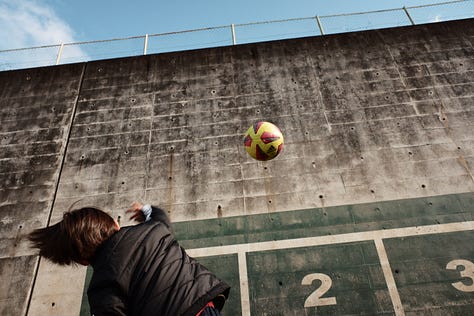
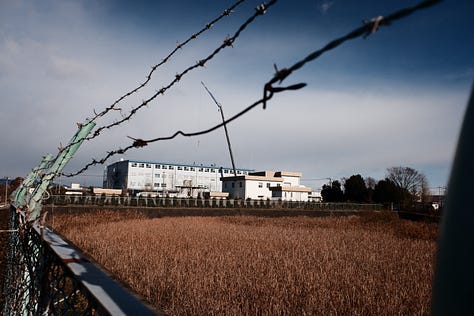

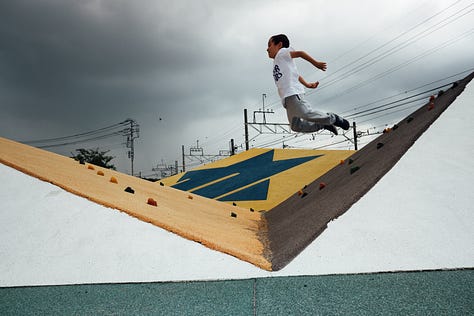

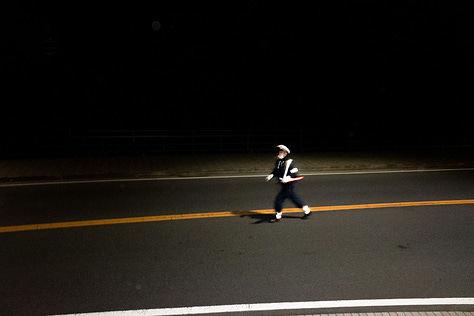
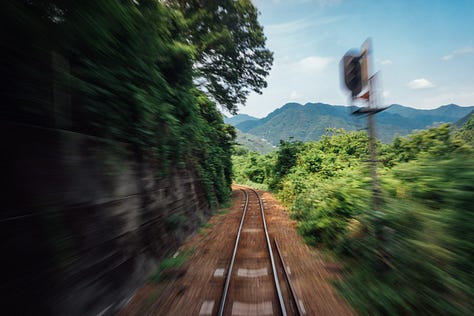
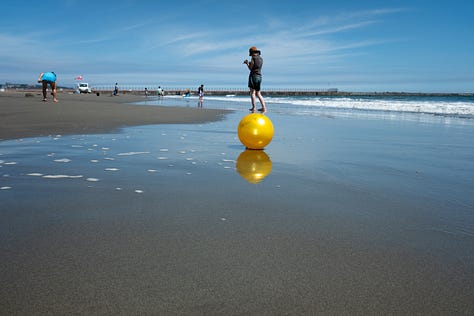
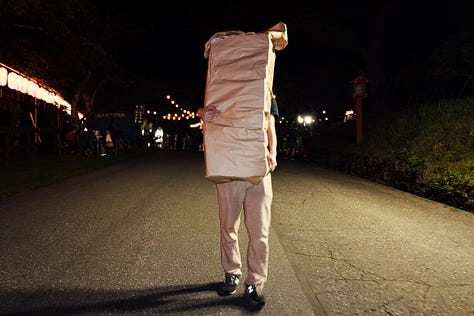
I’d love to hear your thoughts! Do you use the XF10 or a similar compact camera? What are your favorite Fujifilm recipes? And what would you like to see in an XF20? Let’s keep the conversation going.
Thank you for reading, and I’ll be back soon with more updates!
Warm regards,
Jas







